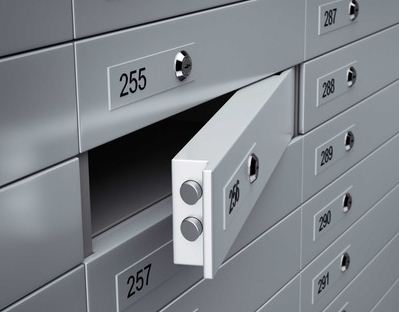The bank will be allowed to break the locker after being inactive for seven years.
Most of the people keep their jewelery and other valuables in bank lockers for safety reasons. The goods kept in bank lockers are much more safe than in homes. But do you know that if your bank account is inactive for a long time, then the bank can also break your locker. RBI has recently issued new guidelines regarding this rule related to locker.
According to the guidelines, if your bank locker remains inactive for a long time, then the bank can break it. Even if the locker holder is regularly paying the charges associated with the account. Keeping in mind the feedback of many stakeholders in the development of banking and technology, RBI has issued new guidelines. According to the new guidelines issued by RBI, if the locker of any person which is present in the bank and remains inactive for a period of more than seven years, then the bank will be liable to break the locker or transfer it to his legal heir. will be free.
As per the guidelines issued by RBI, the bank will give a notice through a letter to the people taking bank locker on locker rental. Apart from this, the registered email ID and mobile phone will send alerts to the bank. If the letter is returned without receipt or the owner of the locker is not traced, the bank shall issue a public notice in the newspapers for the handing over of the locker to any other person.
The central bank’s guidelines state that the locker will be opened in the presence of the bank’s official and two other witnesses. Video recording of this entire process should also be done. In case of electronic vaults, the entire audit trail will be protected by using a password to a senior official. After opening the locker, the contents of the locker shall be kept in a sealed condition. Which will be kept in a fireproof safe, which will be kept safe till the customer claims.







